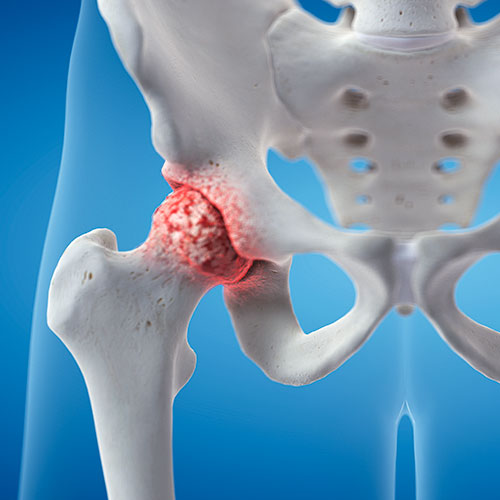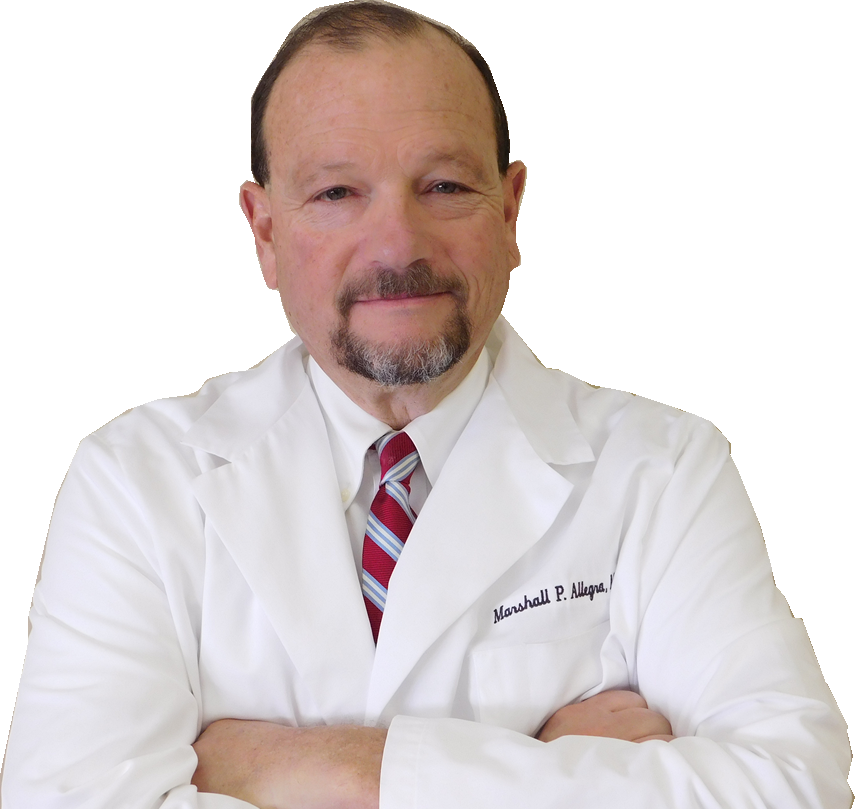Osteoarthritis Monmouth County NJ

Osteoarthritis, sometimes called “wear-and-tear arthritis,” is a common condition that many people develop as they age. It can occur in any joint in the body, but most often develops in weight-bearing joints, such as the hip.
Osteoarthritis of the hip causes pain and stiffness. It can make it hard to do everyday activities like bending over to tie a shoe, rising from a chair, or taking a short walk.
Because osteoarthritis gradually worsens over time, the sooner you start treatment, the more likely it is that you can lessen its impact on your life. Although there is no cure for osteoarthritis, there are many treatment options to help you manage pain and stay active.
Anatomy
The hip is one of the body’s largest joints. It is a ball-and-socket joint. The socket is formed by the acetabulum, which is part of the large pelvis bone. The ball is the femoral head, which is the upper end of the femur (thighbone).
The bone surfaces of the ball and socket are covered with articular cartilage, a smooth, slippery substance that protects and cushions the bones and enables them to move easily.
The surface of the joint is covered by a thin lining called the synovium. In a healthy hip, the synovium produces a small amount of fluid that lubricates the cartilage and aids in movement.
Description
Osteoarthritis is a degenerative type of arthritis that occurs most often in people 50 years of age and older, though it may occur in younger people, too.
In osteoarthritis, the cartilage in the hip joint gradually wears away over time. As the cartilage wears away, it becomes frayed and rough, and the protective joint space between the bones decreases. This can result in bone rubbing on bone. To make up for the lost cartilage, the damaged bones may start to grow outward and form bone spurs (osteophytes).
Osteoarthritis develops slowly and the pain it causes worsens over time.
Cause
Osteoarthritis has no single specific cause, but there are certain factors that may make you more likely to develop the disease, including:
- Increasing age
- Family history of osteoarthritis
- Previous injury to the hip joint
- Obesity
- Improper formation of the hip joint at birth, a condition known as developmental dysplasia of the hip
You can still develop osteoarthritis even if you don’t have any of the risk factors listed above.
Symptoms
The most common symptom of hip osteoarthritis is pain. This hip pain develops slowly and worsens over time, although sudden onset is also possible. Pain and stiffness may be worse in the morning, or after sitting or resting for a while. Over time, painful symptoms may occur more frequently, including during rest or at night. Additional symptoms may include:
- Pain in your groin or thigh that radiates to your buttocks or your knee
- Pain that flares up with vigorous activity
- Stiffness in the hip joint that makes it difficult to walk or bend
- “Locking” or “sticking” of the joint, and a grinding noise (crepitus) during movement caused by loose fragments of cartilage and other tissue interfering with the smooth motion of the hip
- Decreased range of motion in the hip that affects the ability to walk and may cause a limp
- Increased joint pain with rainy weather

Marshall P. Allegra, M.D.
One Doctor, Your Doctor for Orthopedic Care
Dr. Marshall P. Allegra is a board-certified orthopedic surgeon in private practice in Monmouth County for over 25 years. Specializing in minimally invasive arthroscopic surgery, full and partial joint reconstruction, hand, foot and ankle surgery, fracture care, and non-surgical treatment options, Dr. Allegra is dedicated to providing one-on-one personalized care to every patient.
Dr. Allegra is the only physician you will see when you visit the practice, and he will supervise each phase of your diagnosis, treatment and recovery.
An experienced diagnostician, Dr. Allegra can expertly determine the causes of chronic and acute pain in his patients due to hip, knee, hand, shoulder and sports-induced injuries, and then determine the best treatment options to return patients back to work, to the playing field, restoring functionality and range of motion as quickly as possible.
REQUEST AN APPOINTMENT
